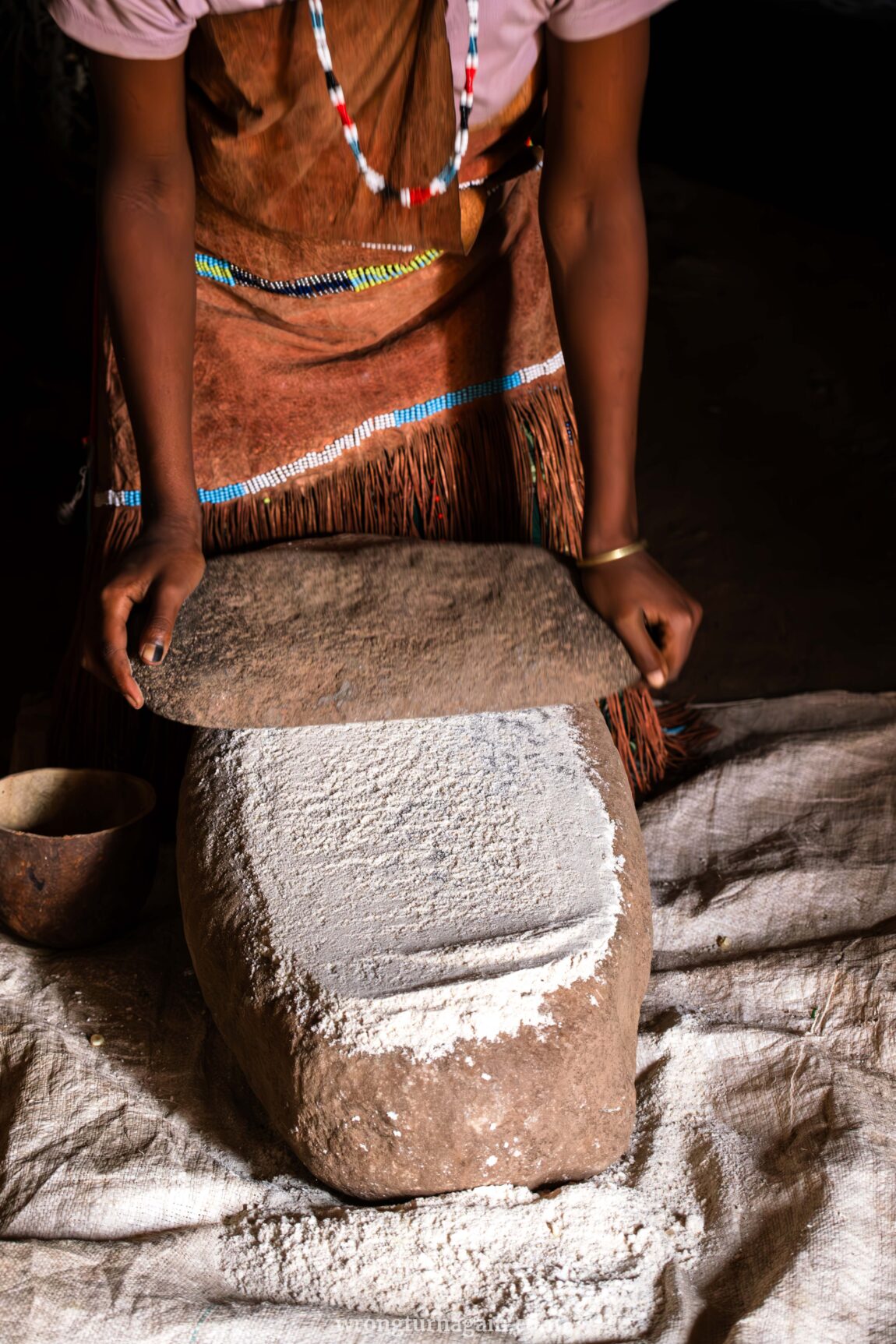
Nestled within the undulating landscapes of northern Tanzania rests a cultural treasure: the Datoga tribe. Their ancestral home near Lake Eyasi, not far from the well-trodden safari routes, harbors tales steeped in time and traditions passed down through generations. These remarkable people, revered for their mastery in metallurgy and steeped in cultural richness, beckon as guardians of a bygone era.
Ever wondered what it’s like to witness the artistry of transforming wheat into a staple dish or observe the intricate craftsmanship behind brass and copper creations?
In this post, we delve into the immersive experiences awaiting those who seek to connect with the Datoga. From maize grinding techniques to the art of fashioning arrowheads and exploring their traditional homes, our journey into the heart of the Datoga culture unveils a tapestry of traditions and encounters not to be missed.



The Origins of the Datoga Tribe
The Datoga, known as Mang’ati in Swahili, trace their origins back over 3000 years to the Highland Southern Nilotes. Their ancestral roots are believed to have sprung from regions in Southern Sudan or the highlands of Western Ethiopia. This ancient community embarked on a southward migration that led to the occupation of the highlands in both Kenya and Tanzania. As they journeyed, they diverged into two distinct groups: one settled in Kenya, giving rise to the Kalenjin people, while the other established roots in Tanzania, forming the Datoga ethnic group.
For centuries, the heartland of the Datoga has been primarily within the Hanang and Mbulu Districts of the Arusha (Manyara) Region in northern Tanzania. The most significant population resides along the shores of Lake Eyasi, in the area of Magola. Estimates of the Datoga population in Tanzania vary widely, ranging from 30,000 to 84,000 individuals, highlighting both the dispersion and the variability in gauging their populace.


Datoga Attire and Beauty Customs
In the realm of attire, while many Datoga individuals have adopted modern Tanzanian cotton clothing, the timeless and widely prevalent choice remains the bead-decorated leather cape, often echoing the earthy hues of reddish-brown soil. Women adorn themselves with weighty brass bracelets, necklaces, and intricate beadwork. Notably, married women distinguish themselves with a special skirt crafted from thin strips of leather, known as hanang’weanda, symbolizing the fertility bestowed upon Datoga households by a divine Goddess.
During their youth, the Datoga devote considerable attention to the embellishment of their maturing bodies. For instance, elongated earlobes adorned with large wooden or brass ornaments and distinctive facial scarifications encircling the eyes are customary practices among the Datoga. These cultural traditions reflect both beauty ideals and significant rites of passage within their community.

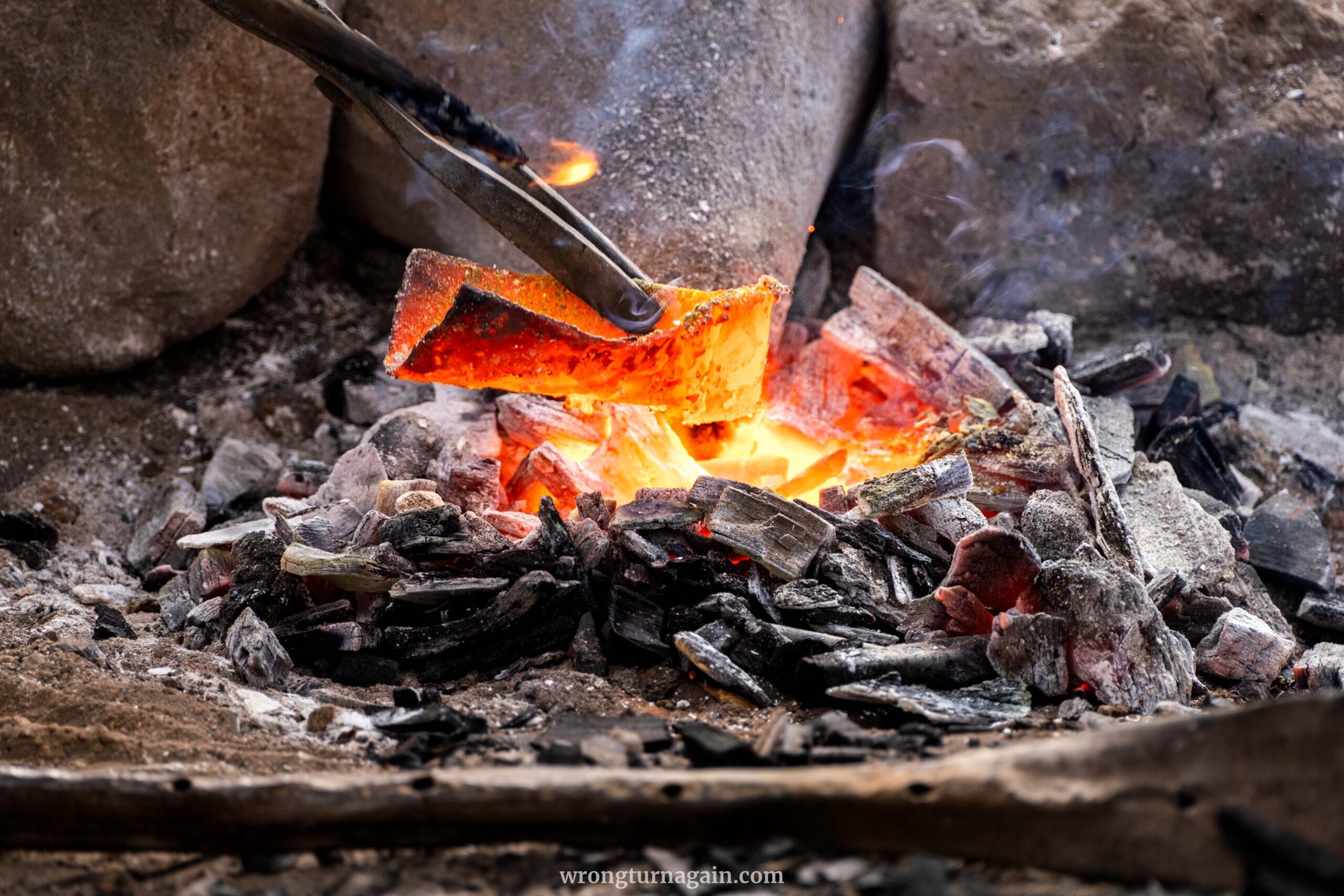

Spiritual Beliefs and Rituals of the Datoga
The Datoga hold a profound reverence for their deity, Aseeta, depicted as an androgynous, potent force embodying inherent goodness and immense creative potential. Communication with this deity occurs through male and female spirits (meang’ga) acting as intermediaries. Particularly during the ghadoweeda ritual, married Datoga women, known as “women who wear the leather skirt,” address Aseeta and the spirits, invoking their powerful presence.
The transition from life to death also holds special significance for the Datoga. The deceased are believed to transform into guardian spirits, garnering great respect from the living. However, there’s a distinct fear surrounding corpses, leading to restrictions on contact for individuals who have been in proximity to the deceased or experienced a miscarriage.
The Datoga have a unique burial practice where ordinary individuals may be interred within the living compound, while some revered elders are honored with grand communal funerals, and laid to rest in large cone-shaped mounds annually. Additionally, the consumption of sacred honey mead is a customary practice among Datoga elders, primarily reserved for ritual occasions like funerals and significant festive gatherings.


Diverse Livelihoods of the Datoga
The Datoga people exhibit a diverse range of livelihoods, stemming from their traditional roots as pastoralists, evolving into agriculturalists and blacksmiths, alongside a significant presence of medical practitioners within their community.
Pastoral Tradition:
Resembling neighboring tribes like the Maasai, the Datoga historically led nomadic lives reliant on livestock for sustenance. Their herds—comprising goats, sheep, donkeys, and notably, cattle—formed the backbone of their existence. Every part of these animals finds purpose among the Datoga, from practical uses like milk, meat, and hide to significant ritual roles. While some Datoga still adhere to nomadic practices, a notable shift has occurred in recent generations towards settled farming, with maize, beans, and millet being cultivated around permanent homes.
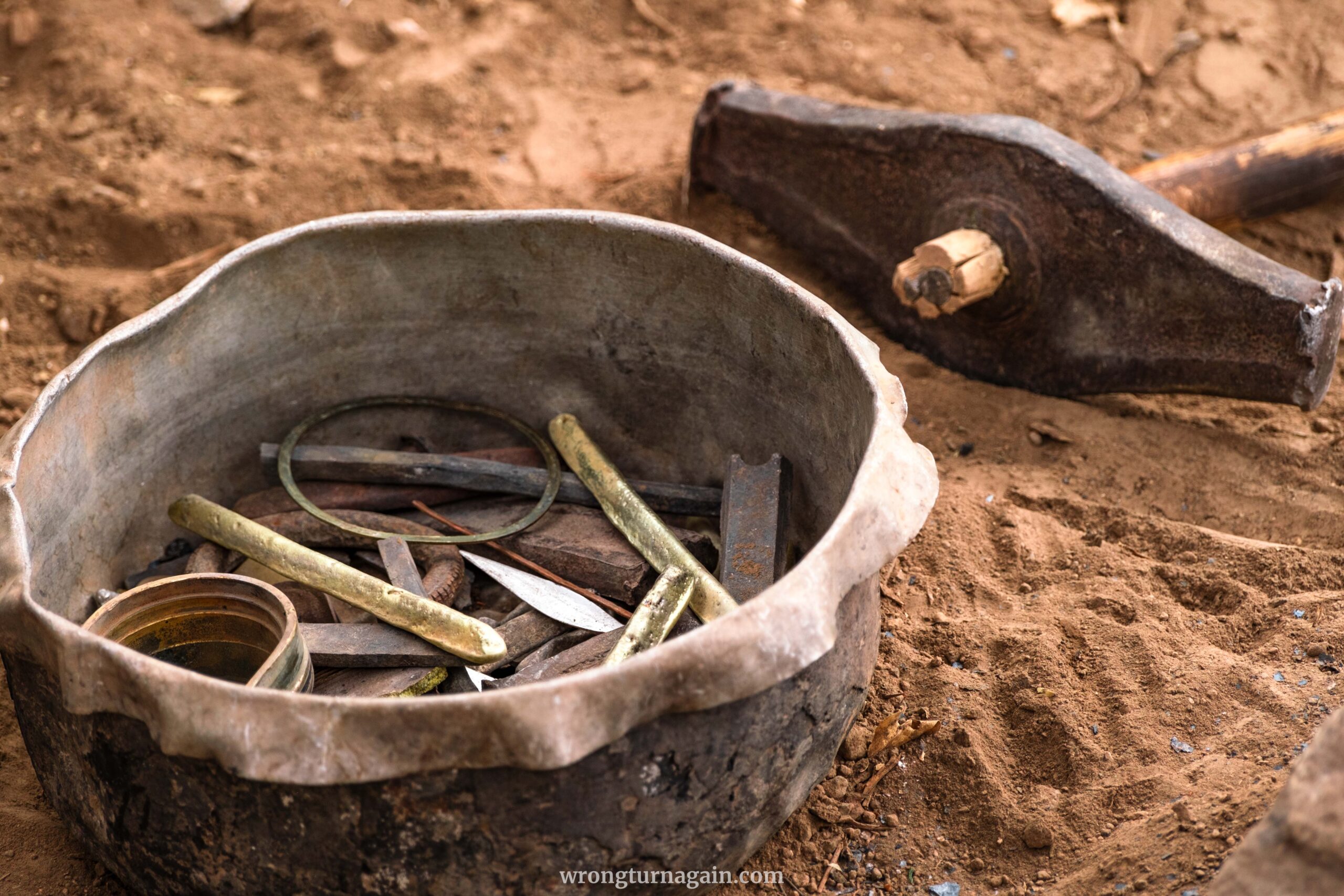
Blacksmithing Adaptation:
aced with challenges spurred by anthropogenic activities and climate change in the Lake Eyasi Basin, many Datoga families have turned to blacksmithing for additional income. Resourceful and creative, they craft copper and iron items using scrap metal from various sources, including machinery, cans, and tins. Their creations, ranging from arrowheads to knives, hand hoes, bangles, earrings, and necklaces, play a role in local trade with the Hadzabe and are sought after by both the community and passing tourists.


Indigenous Healing:
Within the Datoga community, indigenous medical practitioners fall into three main categories: male healers known as Daremgajeega and Bajuta, and the female medium called Gijoodiga (singular: gijocheanda).
A typical healing session involves the healer spitting on the patient’s body for extended periods, complemented by the resourceful use of domestic animal products integral to Datoga healing traditions. Incisions, sometimes involving blood extraction using a cup, and controlled burning of body parts are common practices that often result in distinctive black scars on Datoga individuals. Gijocheanda serves as a conduit for individuals in distress to communicate with spirits, facilitating these interactions during nighttime séances where spirits purportedly “crawl onto the back” of the gijocheanda.

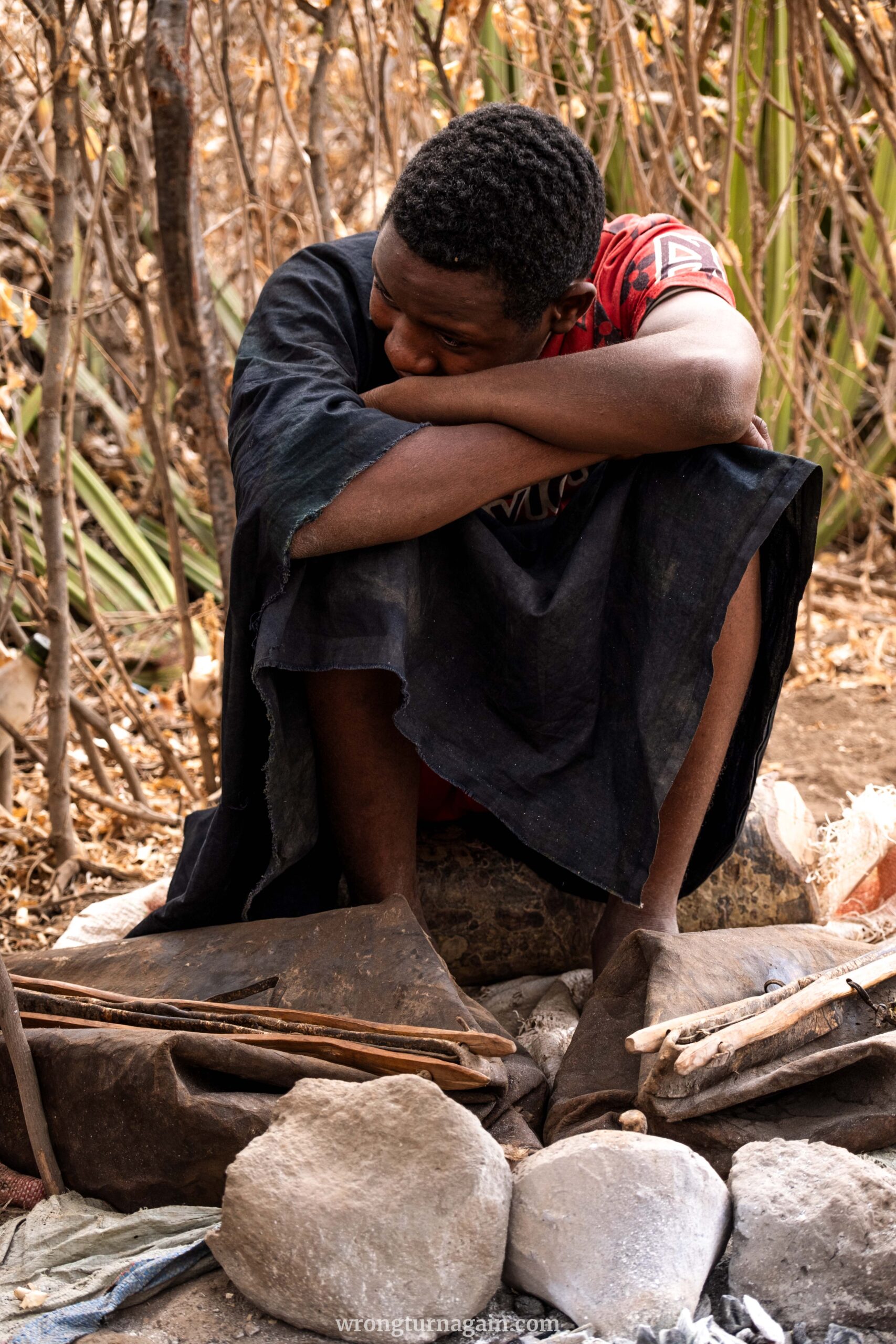
Social Structure and Family Dynamics among the Datoga
Traditionally patrilineal and polygynous, the Datoga demonstrate a unique social structure where wealthier men often engage in polygamous marriages. They tend to marry multiple wives from diverse clans, establishing multiple households to gain access to varied agricultural and grazing lands. The hierarchy among the wives is determined by the sequence of marriage, and a dowry system ensures that both men and women receive livestock gifts during the marriage ceremony.
The quintessential residents of a Datoga homestead consist of a husband, his wife or wives, their children, and the husband’s elderly mother. These households, housed in structures called bomas, feature circular huts meticulously crafted from woven grass and branches. This architectural design, with an emphasis on easy dismantling and mobility, harks back to the tribe’s nomadic roots. Within the traditional compound, one finds a low, flat-roofed men’s house, alongside several analogous women’s houses and diverse animal dwellings thoughtfully arranged in a semicircle, enclosed by a protective high thorn fence.


Children hold immense significance within Datoga culture, as each additional child enhances the prestige and influence of both men and women. Although pregnancy out of wedlock is traditionally condemned—with children considered the property of the mother’s father—, newly married women often have multiple sexual partners, referred to as “brothers” of their husbands, to ensure their first pregnancy. Instances of divorce due to fertility issues are not uncommon, and childless couples may receive children from relatives who have an abundance of offspring.
In the unfortunate event of a husband’s death in a polygamous marriage, a clan meeting is convened, wherein the deceased’s brothers typically assume responsibility for his cattle, children, and wives.


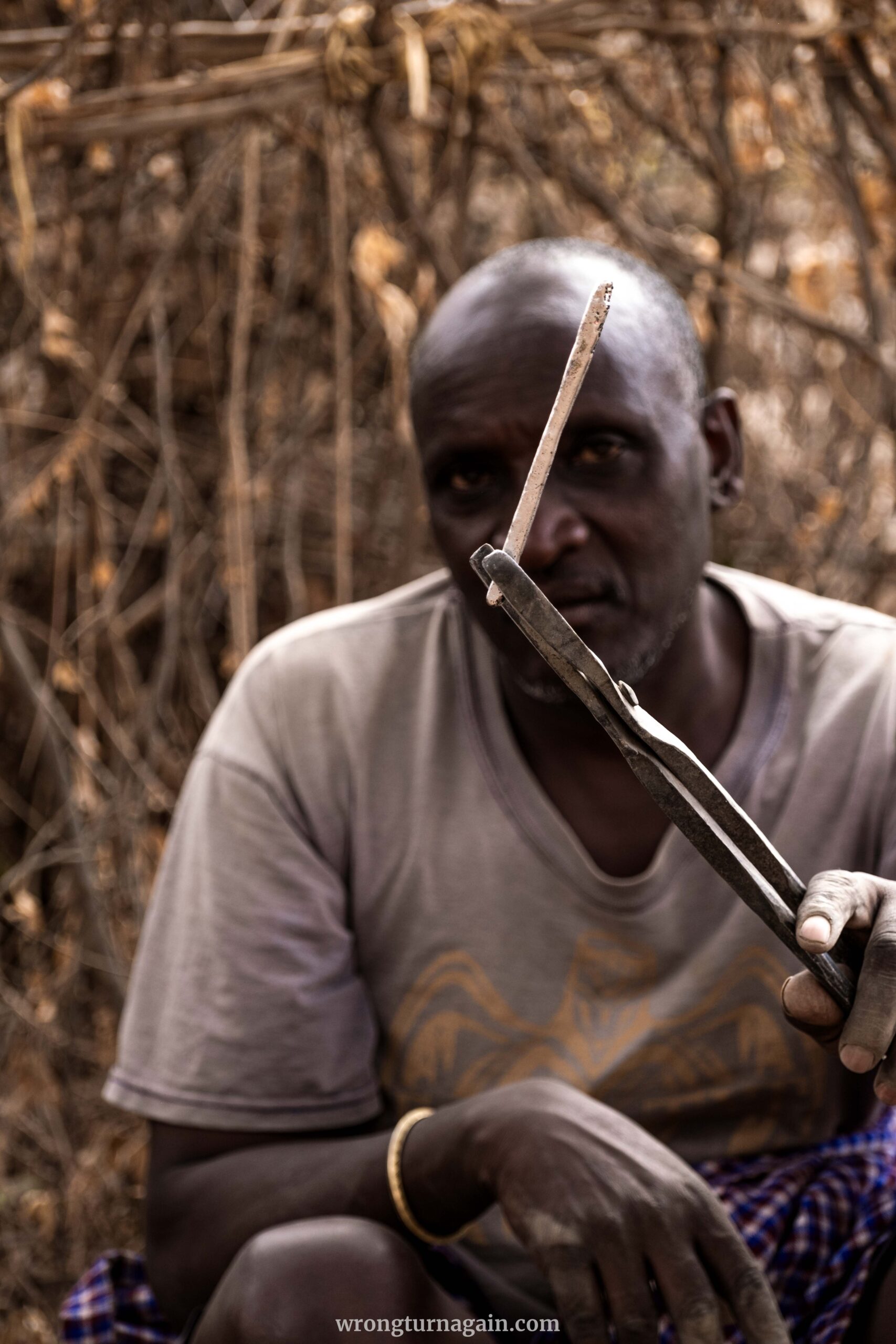
Challenges Faced by the Datoga Community
The Datoga people encounter various challenges as they adhere to their traditional way of life and resist external influences such as formal education and modern development. One of the foremost difficulties they confront is the prevalence of low hygiene standards, contributing significantly to high infant mortality rates within their community.
Furthermore, the community grapples with the pressing issue of land scarcity, exacerbated by the encroachment of other tribes drawn by tourism and investment opportunities. The cutting of trees for charcoal production, coupled with governmental land sales and relocations to arid pastures, compounds the challenges faced by the Datoga.
Moreover, a concerning trend emerges with the increased consumption of alcohol among the youth and, at times, women. This shift involves the adoption of non-indigenous Datoga brew, notably noticeable during market days, signaling a departure from traditional practices and introducing new societal concerns.

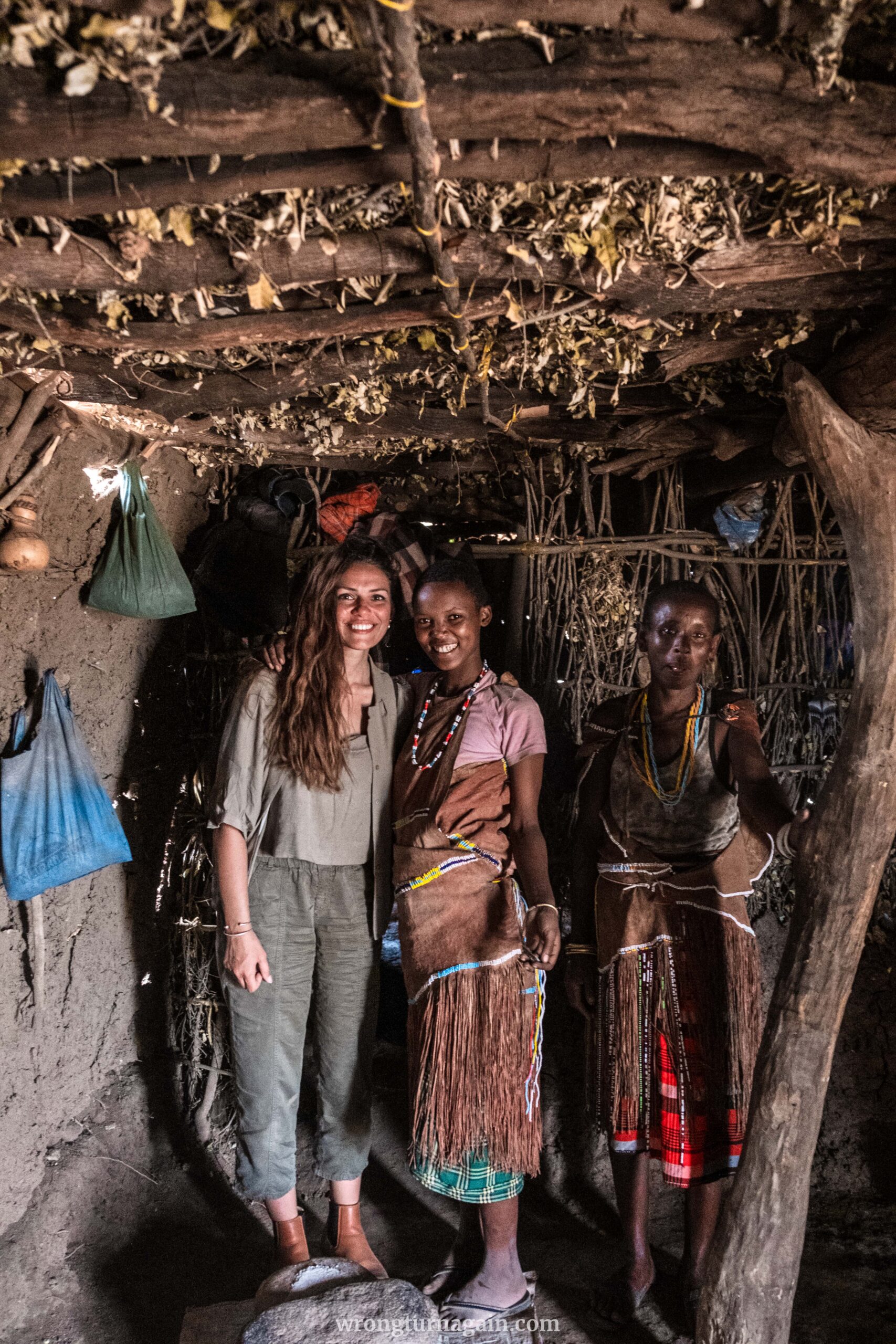

How to Visit the Datoga
The Datoga people predominantly inhabit the northern region of Tanzania, with Lake Eyasi in the Manyara Region offering an excellent opportunity for cultural immersion. Although Lake Eyasi is often less traveled compared to the region’s major attractions like Mt Kilimanjaro and the famous safari parks including Serengeti and Ngorongoro, chances are you might find yourself exploring the wonders of the north. If that’s the case, don’t miss the opportunity to embark on a journey to meet the Datoga and their neighboring community, the Hadzabe.
When you venture to Lake Eyasi, you’ll have the opportunity to engage with a Datoga family, delving into their daily customs and practices. Witness traditional maize grinding techniques using stones and even try your hand at transforming wheat into flour, a vital component in the Datoga staple dish, ugali. Experience firsthand the craftsmanship involved in melting brass, copper, or aluminum to fashion arrowheads, knives, or spears. You’ll see artisans at work, aided by bellows made from goat hide to fan the charcoal flames. Wander through the traditional homes known as bomas, and even shop for intricately crafted bracelets made before your eyes.
For travel arrangements, consider booking organized 2- or 3-day trips from Arusha or integrate Lake Eyasi into your safari itinerary. Self-guided tours aren’t permitted, so a local guide will accompany you regardless of the chosen route. Here’s a closer look at the various ways to reach Lake Eyasi for your enriching Datoga experience.

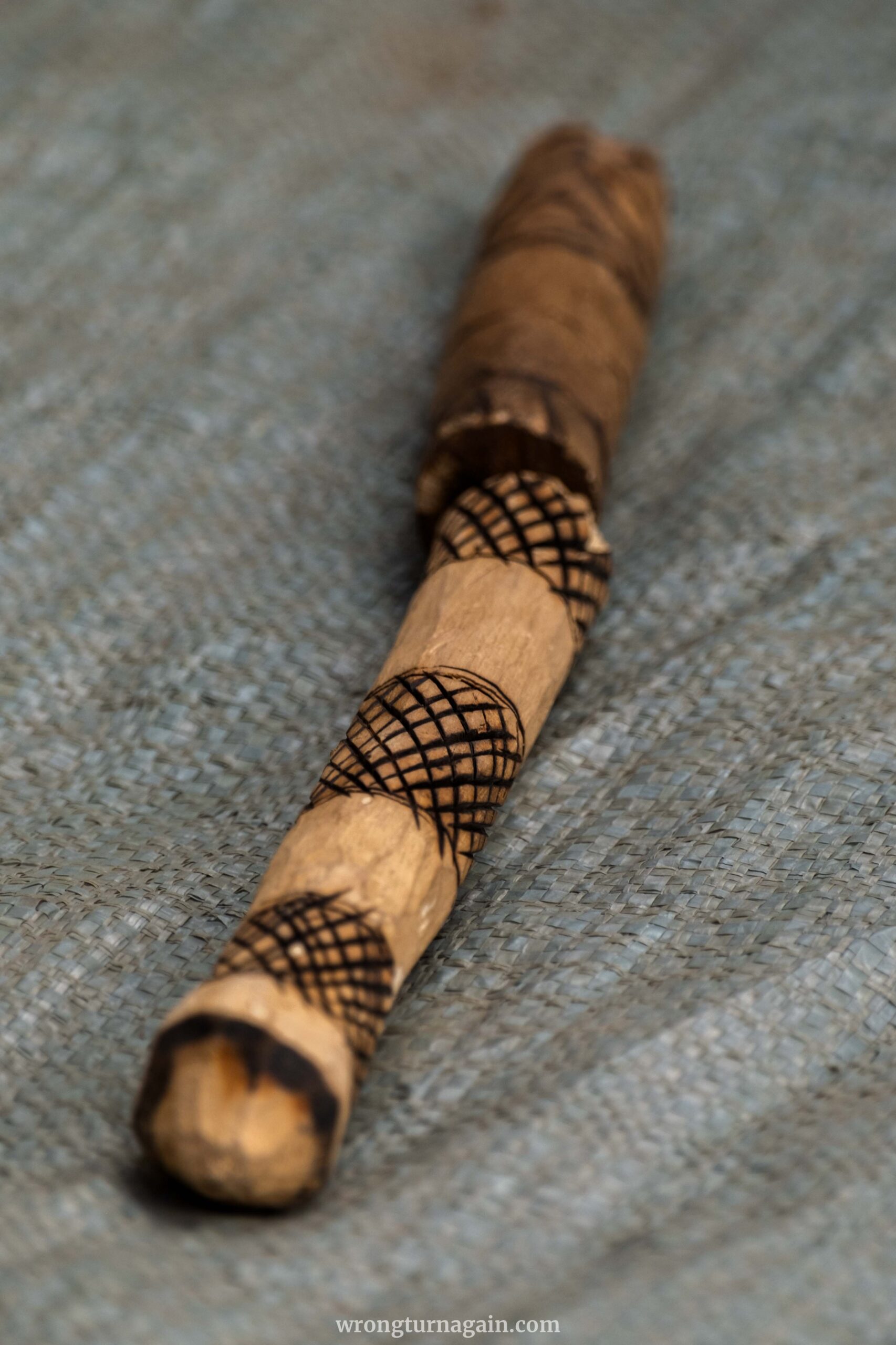
Option 1: Guided Tours from Arusha or Moshi
When your northern Tanzanian adventure revolves around Kilimanjaro or Mount Meru exploration, bases like Arusha or Moshi are likely starting points. Arusha, about 190km from Eyasi, demands a 4-hour journey, while Moshi, 90km prior to Arusha, extends the travel time to 6 hours. Given the distance, a day trip isn’t feasible, making organized 2 or 3-day tours from either town the most practical choice.
The all-inclusive tours offer pick-ups, accommodation, and knowledgeable guides facilitating interactions with local tribes. However, they often come at a higher cost. Additionally, missing out on the Ngorongoro Crater —a quintessential highlight of any Tanzanian trip—could leave you with regrets. Hence, when selecting a tour, prioritize those that incorporate a visit to Ngorongoro Crater alongside your Lake Eyasi experience.
— BY ORGANIZED TOUR —

Option 2: Incorporating Lake Eyasi into Your Safari
For safari enthusiasts, consider partnering with a tour operator specializing in customizable experiences. Express your interest in including Lake Eyasi as an additional stop or an extension to your existing safari itinerary.
Your chosen safari operator will handle logistics, including suitable transportation—usually 4×4 vehicles due to road conditions— and coordinate with local guides for immersive experiences with the Datoga. Ensure your package covers permits or entry fees for Lake Eyasi and the local tribes.
This approach seamlessly integrates Lake Eyasi into your safari journey, fittingly positioned as you exit or enter Ngorongoro and Serengeti. Importantly, it avoids significant cost increases, being part of your overall safari tour rather than a separate excursion.
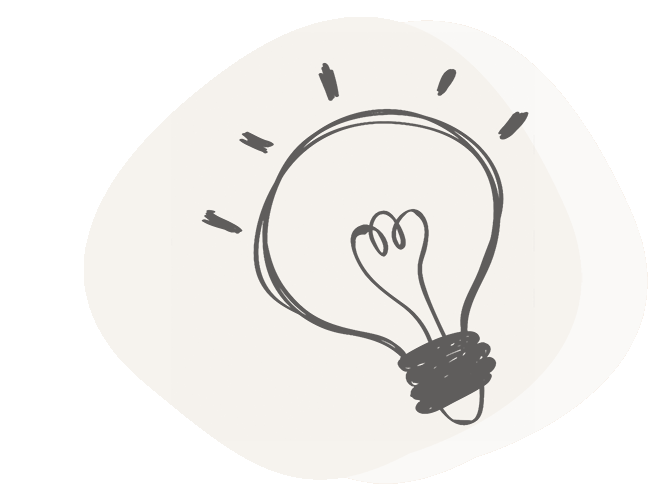
If integrating Lake Eyasi into your safari seems challenging, particularly in shared safari scenarios, consider asking your safari driver to arrange a drop-off or pick-up at Karatu, just 40km from Lake Eyasi. From there, organize a taxi to Gorfan, where several accommodation options await, along with the Cultural Tourism Office. They can assist in securing a guide who will pick you up the next morning for an immersive tour with the Datoga and Hadzabe tribes.
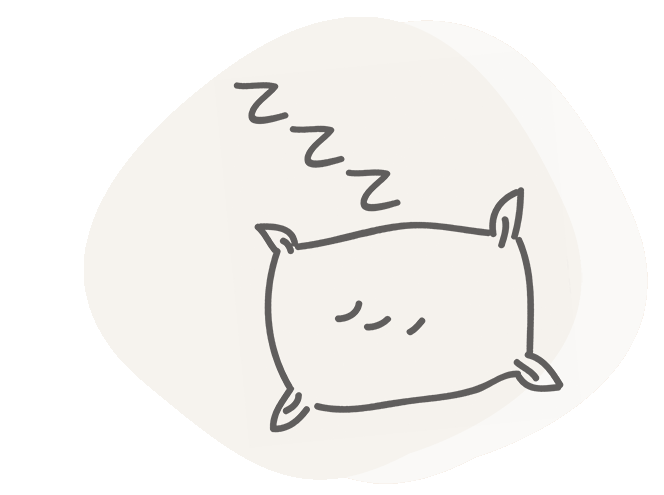
Where to Stay in Eyasi: Kisima Ngeda Camp, Ziwani Lodge, Eyasi Safari Lodge, SONAYI SAFARI LODGE, Ng'ula Sunset Safari Camp

As we wrap up our journey with the Datoga tribe, keep in mind that there’s more cultural magic to explore nearby. Tanzania’s northern expanses boast an array of other interesting tribes, each holding its allure and stories waiting to be unveiled. Be it the neighboring hunter-gatherers, the Hadzabe, the Chagga people embellishing the slopes of Kilimanjaro, or the iconic Maasai warriors, Northern Tanzania’s tribes assure an immersive experience that’s sure to captivate and enthrall.